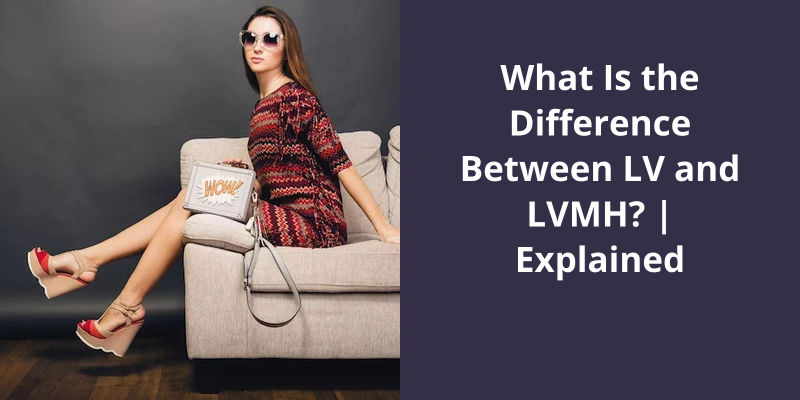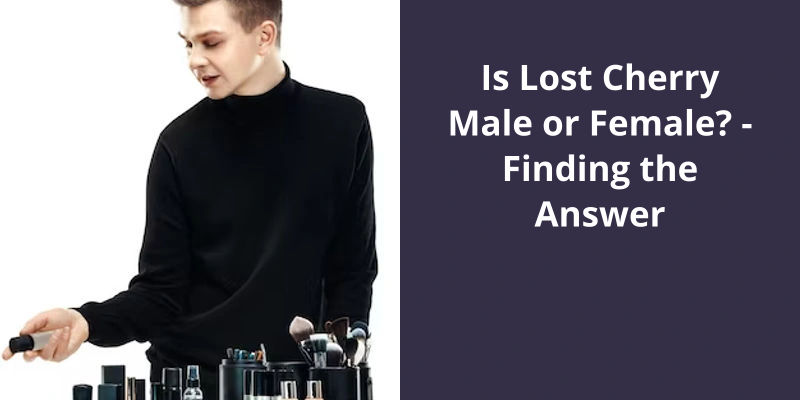LV, also known as Louis Vuitton, is a world-renowned luxury fashion brand famous for its leather luggage and accessories. It’s under the umbrella of LVMH, which stands for Louis Vuitton Moet Hennessy. LVMH is a multinational conglomerate that owns many high-end luxury brands spanning sectors like fashion, perfume, cosmetics, and alcoholic beverages. In simple terms, LV is a part of LVMH. It would be akin to saying that a single product is part of a larger assortment in a supermarket. So, while Louis Vuitton (LV) is a singular brand focused on fashion products, LVMH is a corporation comprised of multiple luxury brands, with Louis Vuitton being one of them.

What Is the Competitive Advantage of LVMH?
LVMHs differentiation leadership is evident in their ability to consistently produce high-quality luxury goods that are unmatched in the market. Through the acquisition of renowned luxury fashion brands like Louis Vuitton, Dior, and Fendi, LVMH has been able to establish a reputation as a luxury leader. Their ability to consistently produce high-quality goods that are recognized globally has created a sense of prestige and exclusivity that competitors have been unable to match.
Additionally, by applying differentiation focus, LVMH has been able to expand their reach into niche markets and appeal to specific customer segments. For example, by offering custom-made leather goods at their Louis Vuitton stores, LVMH is able to attract a segment of customers who’re willing to pay a premium for personalized, unique products. This approach not only helps to differentiate their offering from their competitors but also allows them to tap into new revenue streams.
Another competitive advantage of LVMH is their ability to maintain tight control over their production and supply chain. By keeping the production process in-house, they’re able to maintain rigorous quality control standards and ensure that their luxury goods are consistently of the highest quality. This approach not only helps to differentiate their products from their competitors, but it also allows them to control production costs and maintain profitability.
LVMHs strong brand recognition is also a competitive advantage. They’ve built a brand that’s synonymous with luxury and quality, which has allowed them to charge premium prices for their products. This brand recognition is also a key driver of customer loyalty, as customers are more likely to value a brand that they perceive as being upscale and exclusive.
Finally, LVMHs focus on innovation is a key competitive advantage. For example, they were one of the first luxury goods companies to invest in e-commerce, which has allowed them to reach a wider audience and attract new customers. This focus on innovation helps to ensure that LVMH stays ahead of the curve and maintains their competitive edge in the luxury goods market.
The Impact of LVMH’s Sustainability Initiatives as a Competitive Advantage in the Luxury Goods Market
This article discusses LVMH’s sustainability initiatives and how they can be used as a competitive advantage in the luxury goods market.
Clearly, those are impressive statistics that showcase LVMH’s position as a major player in the luxury products market. But how did the company reach such heights? In this article, we’ll take a closer look at LVMH’s history and explore the factors behind it’s success.
How Big Is LVMH?
LVMH is a powerhouse in the luxury industry, with a diverse portfolio of brands ranging from fashion and leather goods to perfumes and cosmetics. These 75 prestigious brands are some of the most well-known and respected in the world, including Louis Vuitton, Christian Dior, Fendi, and Bulgari. With revenue reaching 79.2 billion euros in 2022, LVMH isn’t only the largest luxury group, but also one of the most profitable.
Their financial indicators show that they’ve consistently grown in the past few years, even in the face of economic uncertainty and the COVID-19 pandemic. LVMHs market value is currently estimated at around 357.5 billion euros, making it one of the most valuable companies in the world. Their net profit margin has also remained consistent at around 11% over the past few years, indicating a strong and stable financial performance.
Another notable aspect of LVMHs financials is their focus on innovation and sustainability. The company has made significant investments in research and development, as well as implementing eco-friendly practices throughout their supply chain. This commitment to sustainability hasn’t only positively impacted the environment, but also the companys revenue and brand reputation.
One of LVMHs strengths lies in their wide geographic reach and retail network, with over 5,600 stores worldwide. The company has a strong presence in both established and emerging markets, from North America and Europe to Asia and the Middle East. This allows them to capture diverse consumer segments and adapt to changing trends and consumer preferences.
Conclusion
In conclusion, the difference between LV and LVMH lies in their respective positions within the luxury goods industry.





